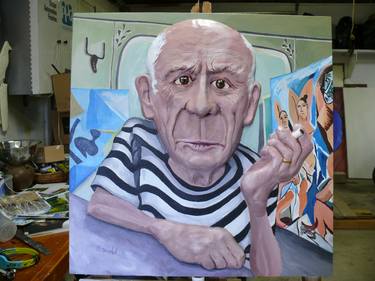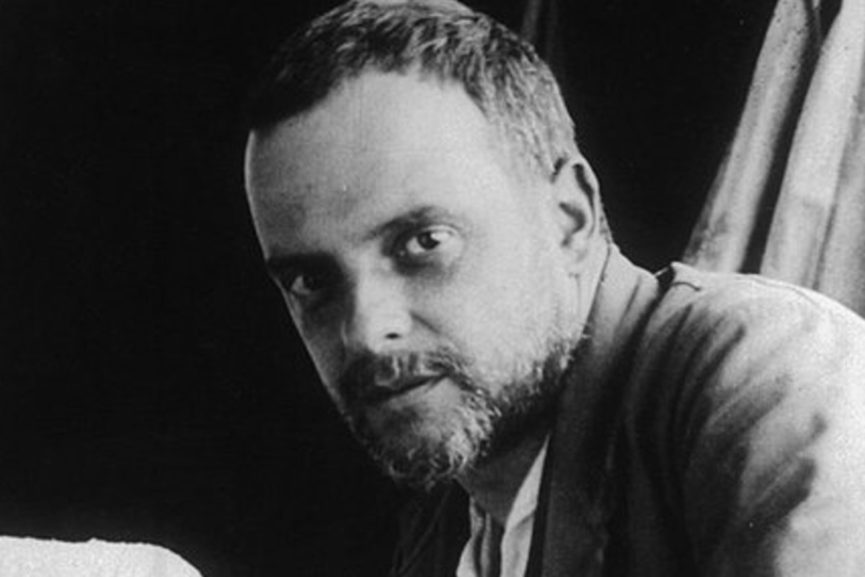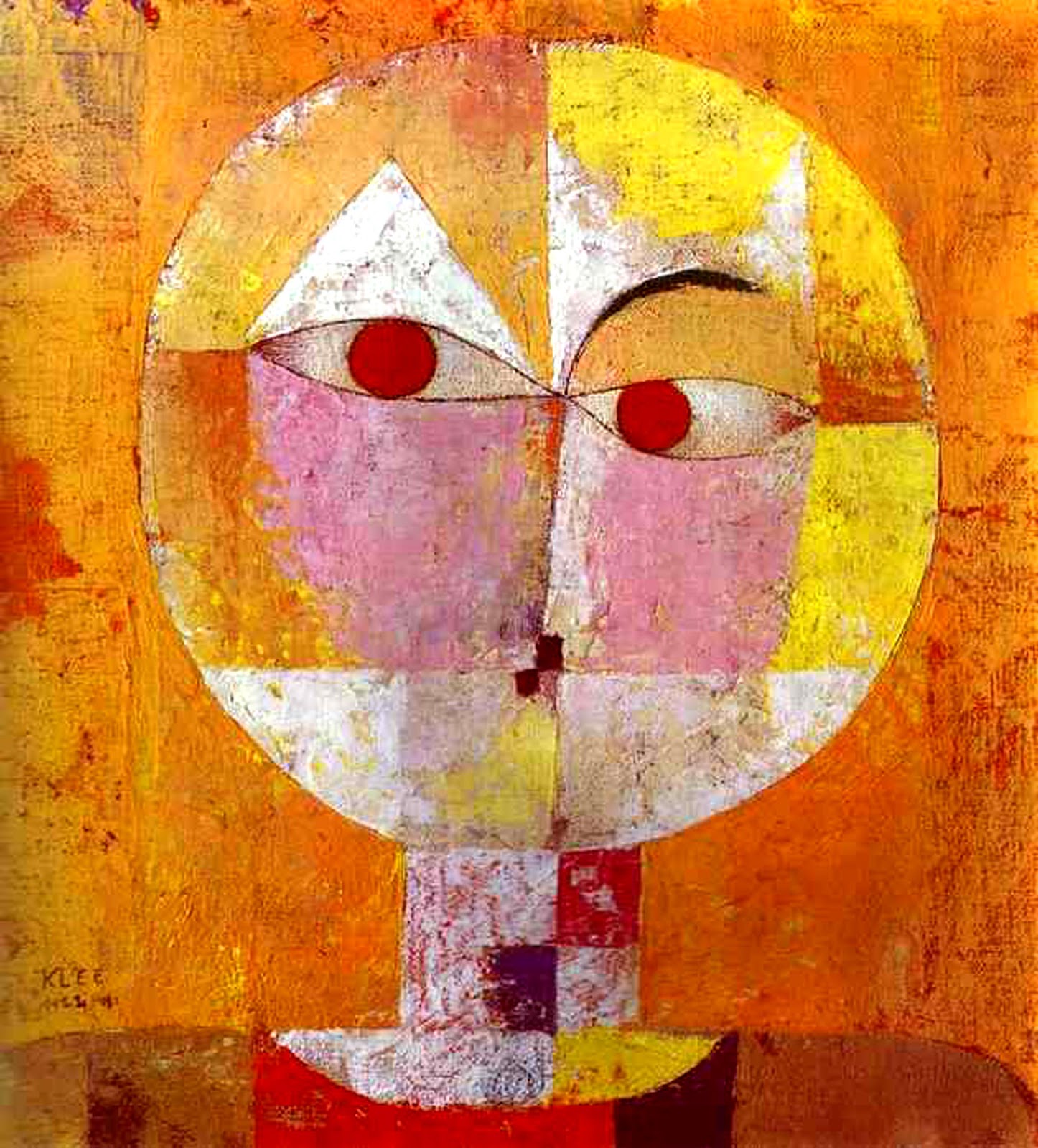Cubism is an early-20th-century avant-garde art movement that revolutionized European painting and sculpture and inspired related movements in music, literature and architecture. Cubism has been considered the most influential art movement of the 20th century.
Pablo Picasso

Alive Between 1881 and 1973, Pablo Picasso was a Spanish painter, sculptor, printmaker, ceramicist, stage designer, poet and playwright who spent most of his adult life in France.
His earlier works were very realistic, as he had an extraordinary ability to draw and paint as a child. This amazing talent just kept on improving from then. In his early 20s, his very close friend shot himself dead in front of Picasso. this brought on what’s known as Picasso’s “blue period”, which is when he only painted with blue. During this time, he mainly painted society’s outcasts.

Years afterwards, he and his good friend Georges Braque created the art technique and movement known as Cubism, which allowed them to almost mess up the normal anatomy of a figure like a Rubix cube, and to play with light and shadows. And from here on out Picasso’s paintings just got weirder and weirder.

As well as sprinkling powdered pigment direct on to the canvas and mixing paint with materials like sand and newspaper, Picasso liked to use industrial paints alongside the more traditional oil brands, to create some of his unique colours. He particularly liked a type of enamel paint made by a firm called Ripolin.
Some of the many other artists and movements that inspired him were; Georges Braque, Henri Matisse, Rossetti, Steinlen, Toulouse-Lautrec, Edvard Munch, El Greco, surrealism, and African art.
Some of the major world events in his lifetime were; The Wright brothers made the first controlled, sustained flight in heavier-than-air aircraft in 1903. The titanic setting sail and inevitably sinking in 1912. World War 1 between 1914 and 1918. In the same year, a worldwide influenza epidemic struck; by 1920, nearly 20 million were dead. World War 2 between 1939 and 1945.
I love Pablo Picasso’s artwork, it is very unique and creative, and he completely broke most painting conventions, and priced the pieces together to create something new… then he did that several times over. He was so cool.
Georges Braque

Alive Between 1882 and 1963, Georges Braque was a major 20th-century French painter, collagist, draughtsman, printmaker and sculptor. His most important contributions to the history of art were in his alliance with Fauvism from 1905, and the role he played in the development of Cubism.
He spent his time on this planet making cubist paintings, and paintings landscapes. The cubist paintings tended to have mostly very dark, earthy colours, like greys and browns.
.jpg)
But his more (but still very far off) realistic landscape paintings were made with bright, pastel colours, which is an interesting contrast to the darker, moodier colours of the majority of his cubist paintings. The colours used in these landscape paintings almost convey a dream-like feel to the viewer.

He mostly used oils and watercolours for the landscapes, and oils for the cubist paintings.
Some of the long list of fellow artists and art movements that inspired him were; impressionism, fauvism, Henri Matisse, Aldo Crommelynck, André Derain, and Pablo Picasso.
Some of the major world events in his lifetime were; The Wright brothers made the first controlled, sustained flight in heavier-than-air aircraft in 1903. The titanic setting sail and inevitably sinking in 1912. World War 1 between 1914 and 1918. In the same year, a worldwide influenza epidemic struck; by 1920, nearly 20 million were dead. World War 2 between 1939 and 1945.
Braque’s work isn’t something I’m really drawn to, I guess that it just doesn’t have enough angst for me. But nonetheless I don’t mind his art, it looks quite nice.
Paul Klee

Alive between 1879 and 1940, Paul Klee was a Swiss-born, natural draftsman who experimented with and eventually deeply explored colour theory and wrote about it extensively.

Paul Klee’s paintings are very abstract, and normally feature lots of multicoloured squares of flat colour. He explored the effects that using different colours next to each other, and how overlapping shapes and colours effect each other and the overall picture.

Amongst other mediums, he mainly used oil and watercolour paints, and chalk.
Some of the many artists and art movements that influenced Klee were; Alfred Kubin, Robert Delaunay, Maurice de Vlaminck, pointillism, and abstract art.
Some of the major world events in his lifetime were; The Wright brothers made the first controlled, sustained flight in heavier-than-air aircraft in 1903. The titanic setting sail and inevitably sinking in 1912. World War 1 between 1914 and 1918. In the same year, a worldwide influenza epidemic struck; by 1920, nearly 20 million were dead. World War 2 between 1939 and 1945. So Paul Klee didn’t live to witness the end of ww2. It’s sad that the last glimpse he had of this world was when it was in one of its darkest and scariest periods.
In all honesty, I do not like his art at all. I just find in unimaginably boring. But I do kind of like looking at it.
Research
https://en.wikipedia.org/wiki/Cubism
https://en.wikipedia.org/wiki/Georges_Braque
https://en.wikipedia.org/wiki/Paul_Klee